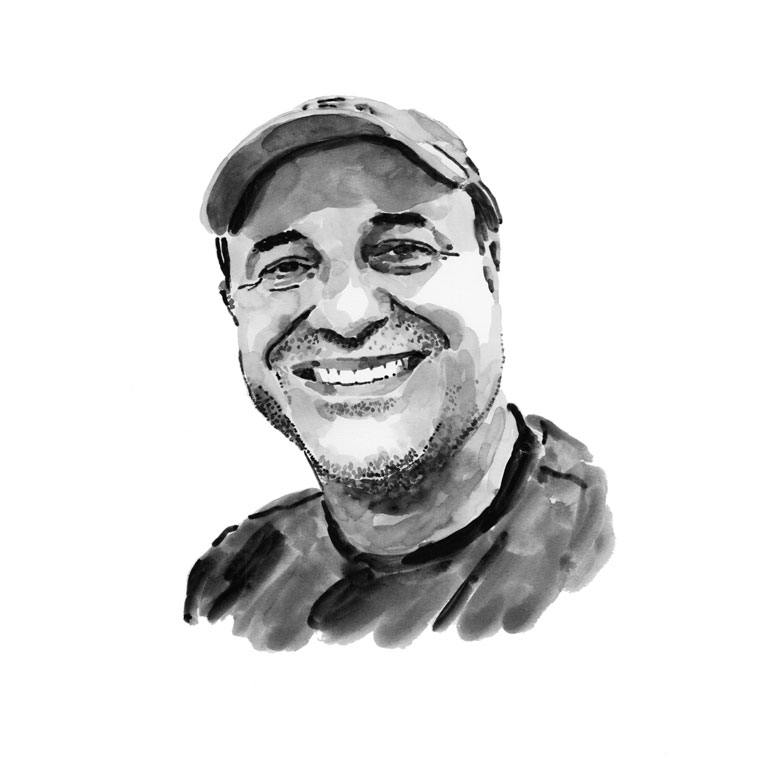Vicente Faria

Who I am
I have been involved in elasmobranch research since my first year as an undergraduate, taking full advantage of being enrolled in a university dedicated to cutting-edge science – the Universidade Estadual do Norte Fluminense Darcy Ribeiro (UENF), in northern Rio de Janeiro State, Brazil. There I had the privilege of studying both sharks (as part of research into artificial reefs using drift nets and a local artisanal fishing boat) and batoids (as part of research into concentrations of heavy metals using bottom-trawl nets and a Brazilian Navy research vessel). My training in elasmobranch research continued at UENF and in the same study area as part of my MSc study, which focused on the reproductive biology of a smoothhound shark, Mustelus higmani. During this period I became interested in how molecular tools can be applied to elasmobranch conservation, as well as in joining efforts to save one of the most endangered elasmobranch groups, the sawfish (Pristidae). Fortunately, these two interests became reality in the form of PhD research at Iowa State University in the USA, with Gavin Naylor as my major professor and working with an amazing team that included Patricia Charvet, Mathew McDavitt, Tonya Wiley and Colin Simpfendorfer. When I started my PhD I was interested in investigating sawfish population genetics, but since the taxonomy of the group was so unsettled I focused instead on resolving the question of what are the sawfish species globally. To do this, I visited museum collections throughout the USA and Europe, examining sawfish specimens and sampling tissue for DNA sequencing. After completing my PhD, I returned to Brazil, specifically to the north-eastern coast. There, at the Universidade Federal do Ceará, I have been involved in shark and ray fisheries and conservation, compiling an inventory of marine fish, and fish collections.
Where I work
The Amazon River in South America is the largest in the world by water volume and it creates a vast estuarine area that can be considered perfect habitat for sawfish. Together with Patricia Charvet, who co-leads this project, I will focus on sawfish conservation in the two northernmost states of Brazil: Amapa and Para. A secondary, but also important region for us is the neighbouring countries of French Guiana, Suriname and Guyana, which are also vastly influenced by the Amazon River. Collectively, the region is expected to be a stronghold for sawfish populations in the Atlantic – notably for Pristis pristis. Information about these animals in the region – as well as for other elasmobranchs – is still scant. The fact that this vast area encompasses such suitable habitat for sawfish, but at the same time represents such a gap of knowledge about how (and whether) these species are surviving there, makes studying it a high priority. The task is daunting – four countries, four different languages and cultures – but given its potential for sawfish conservation, it is definitively worth pursuing.
What I do
Patricia Charvet and I will combine different approaches to sawfish conservation in this key region. We will interview fishers and fishery authorities to find out more about sawfishes in the area. In an effort to help improve enforcement, we will promote workshops and provide training to local enforcement agents about the demise of sawfish and how trade of their parts may occur. We will also work towards creating awareness in the general public by means of an exhibition about sawfish conservation in the most traditional natural history museum in the Amazon region. The biological component of the project will involve searching for signs of the current presence of sawfish in the region by applying environmental DNA (eDNA) techniques. We hope that all this effort will help change the tide for sawfish on the Amazonian coast.
